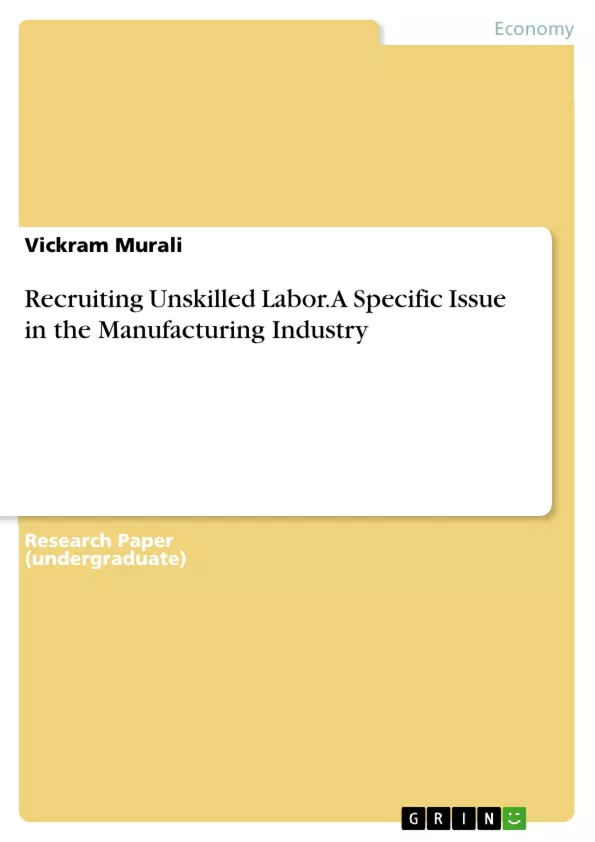Abstract
This research is about the issues relating to the “Recruitment of Unskilled Labors”, a specific challenge faced by today’s manufacturing industries. This theory focuses on the general issues and happenings of today’s manufacturing world. This investigation enumerates the general factors that cause the shortage of getting skilled workforces, based on the work environment, pay scale and position of economy at present. Justifying the general disadvantages in industries because of hiring untalented employees followed by the outcomes of it. A brief discussion in this work representing how the manufacturers avoided such issues through outsourcing their work. With the exception of outsourcing activity, some profound solutions have been explained by considering personal experience in these areas for this specific issue.
Keywords: Unskilled labor, skilled workers/employees, Issues, Manufacturing Industries



